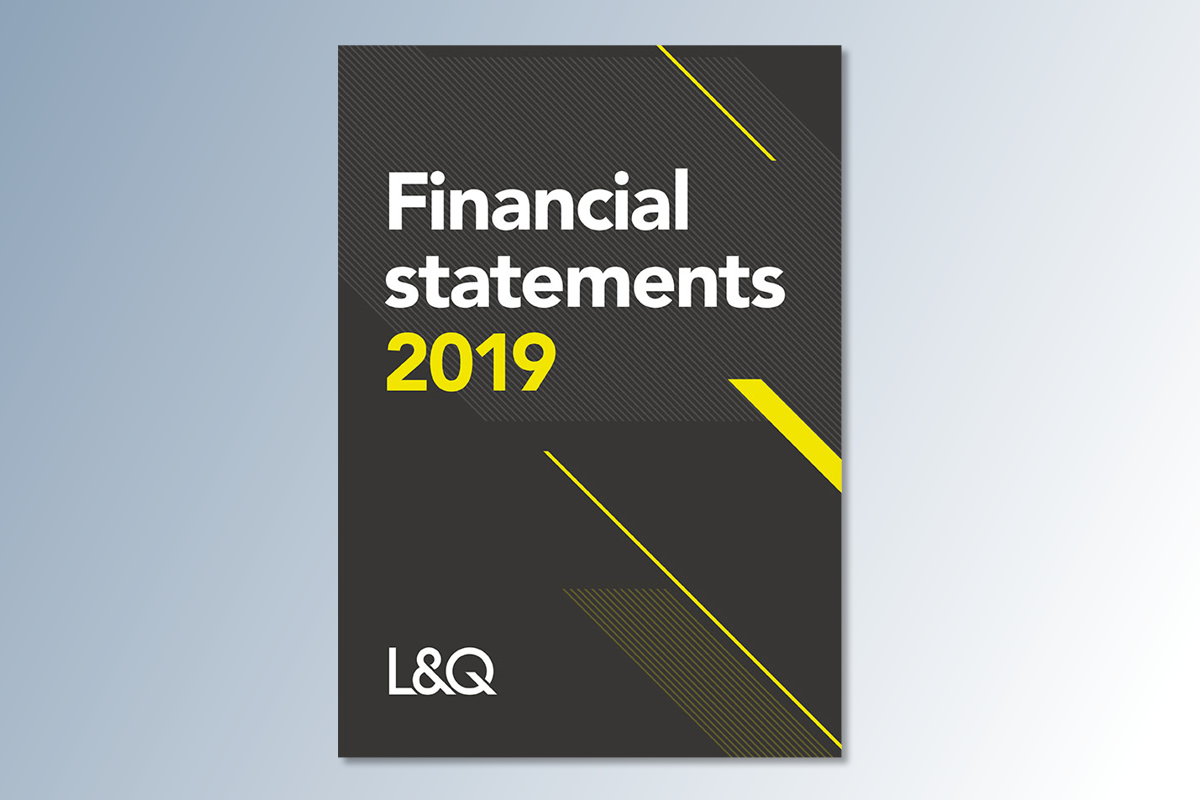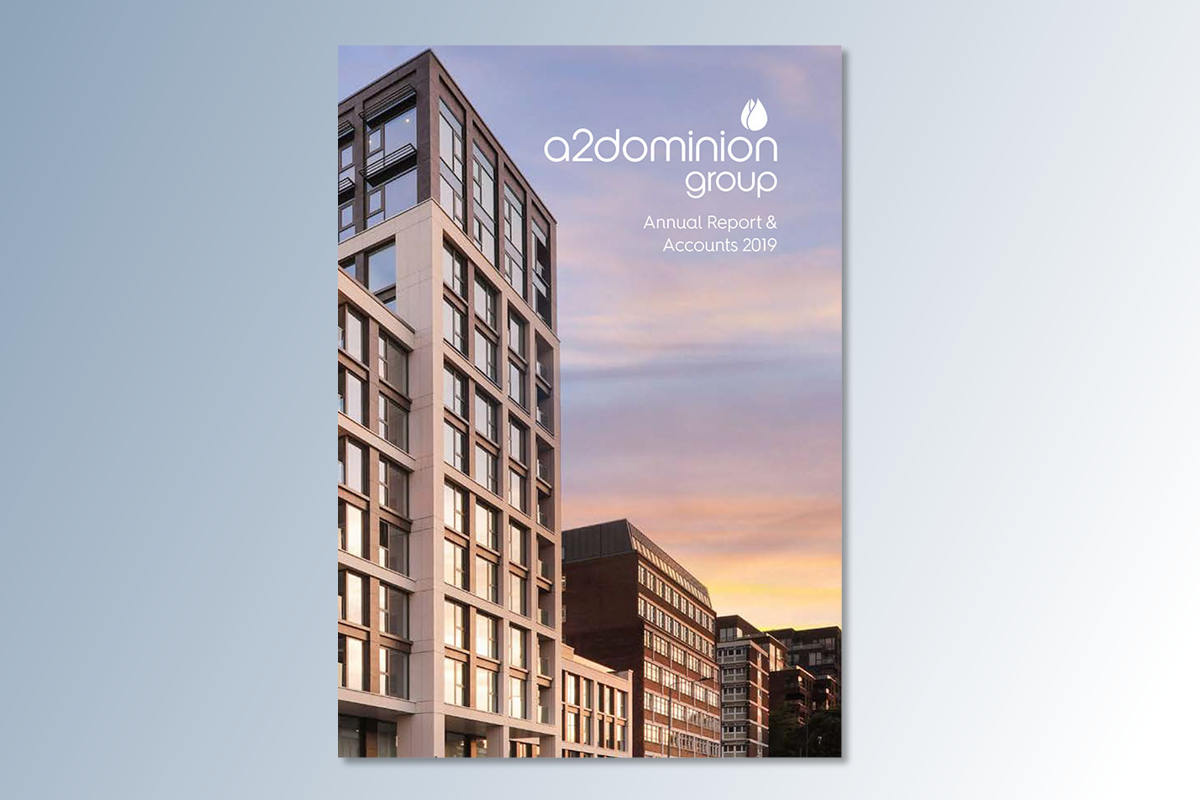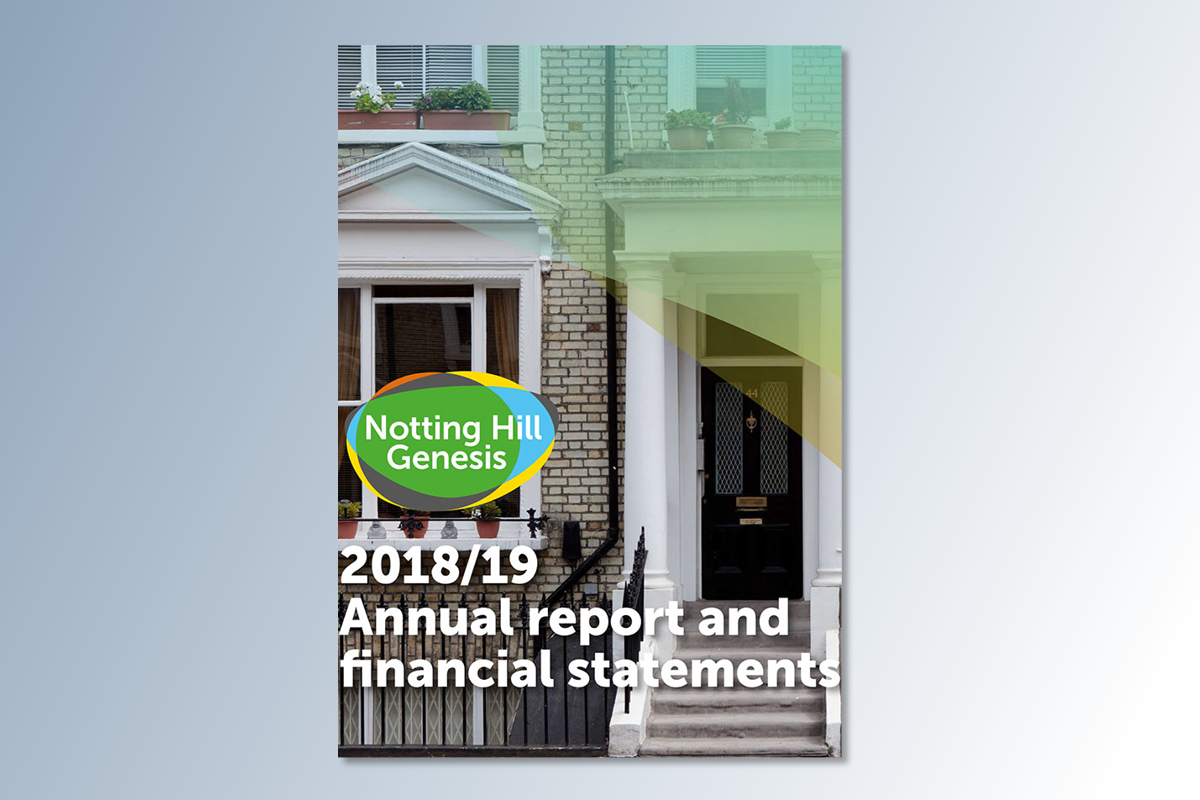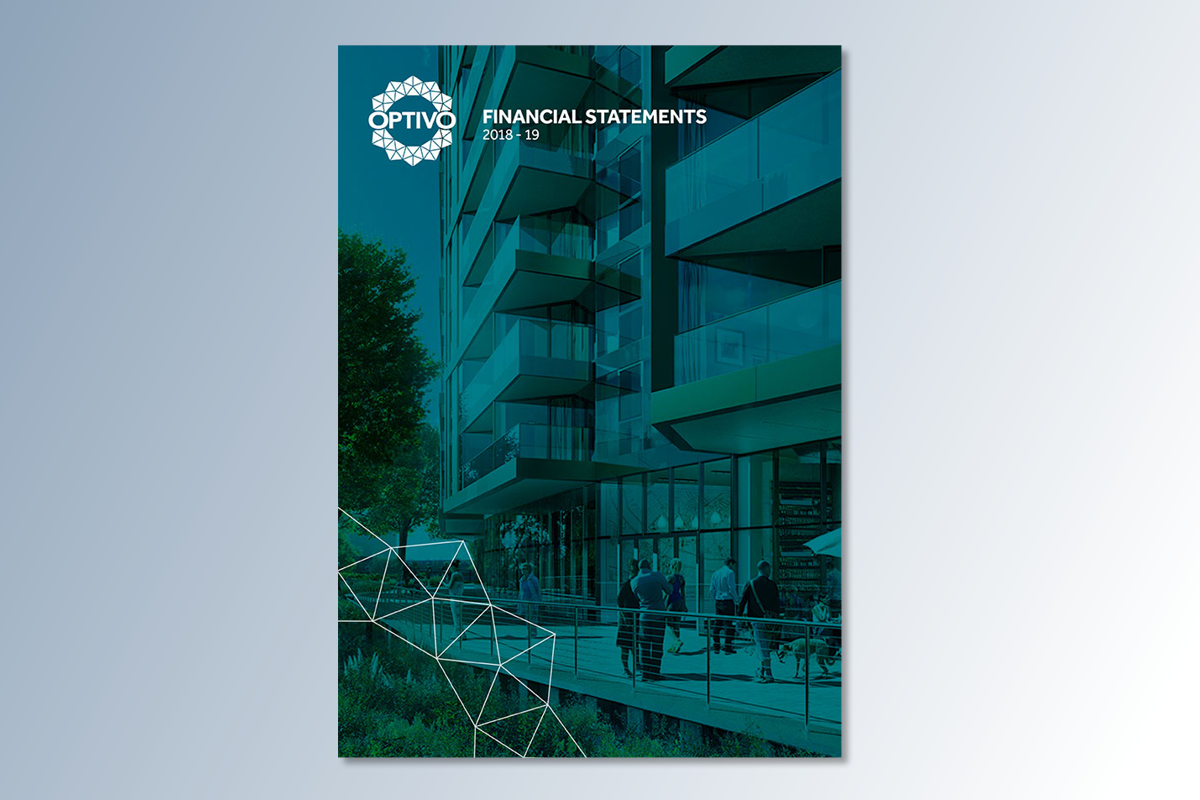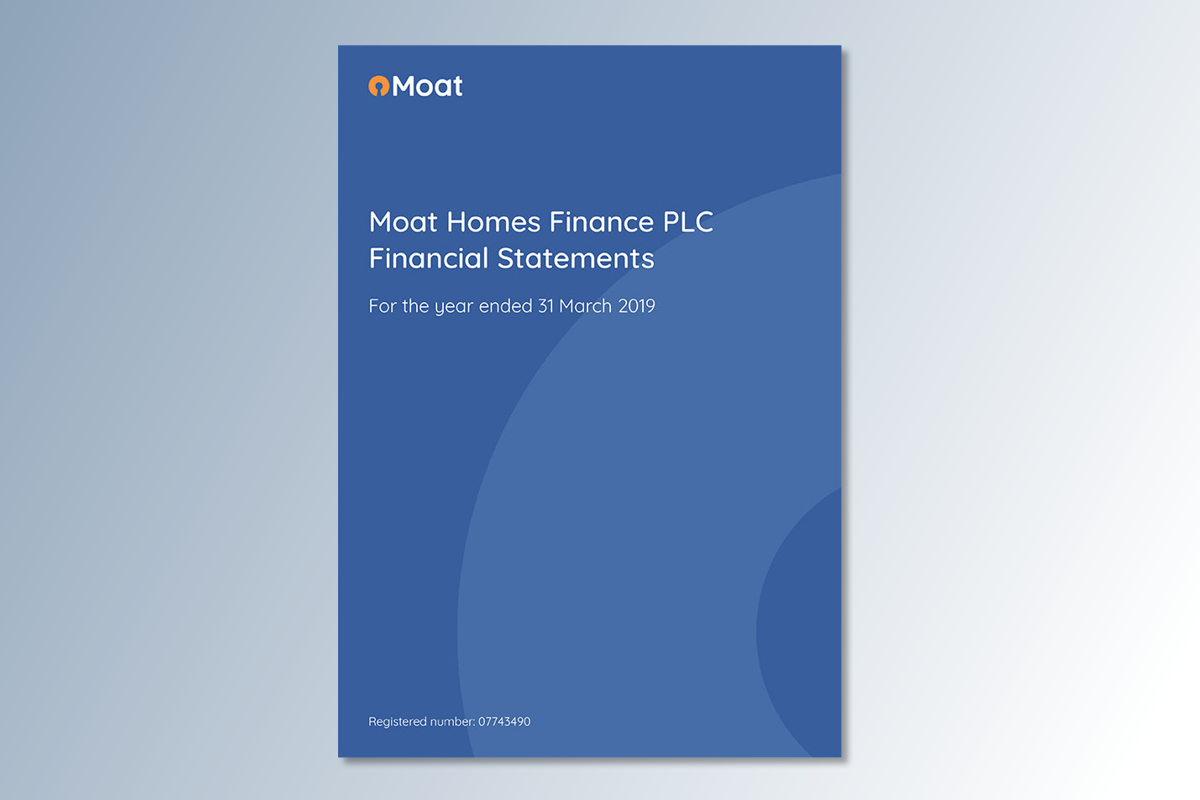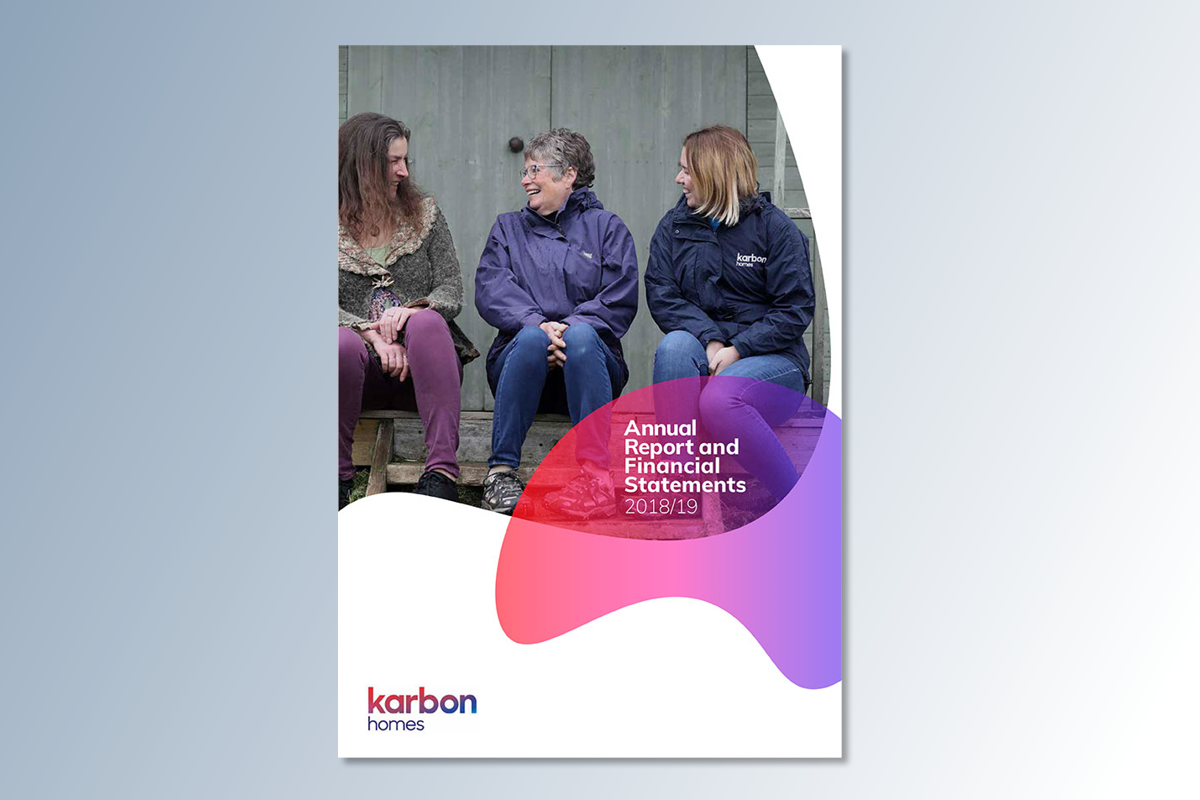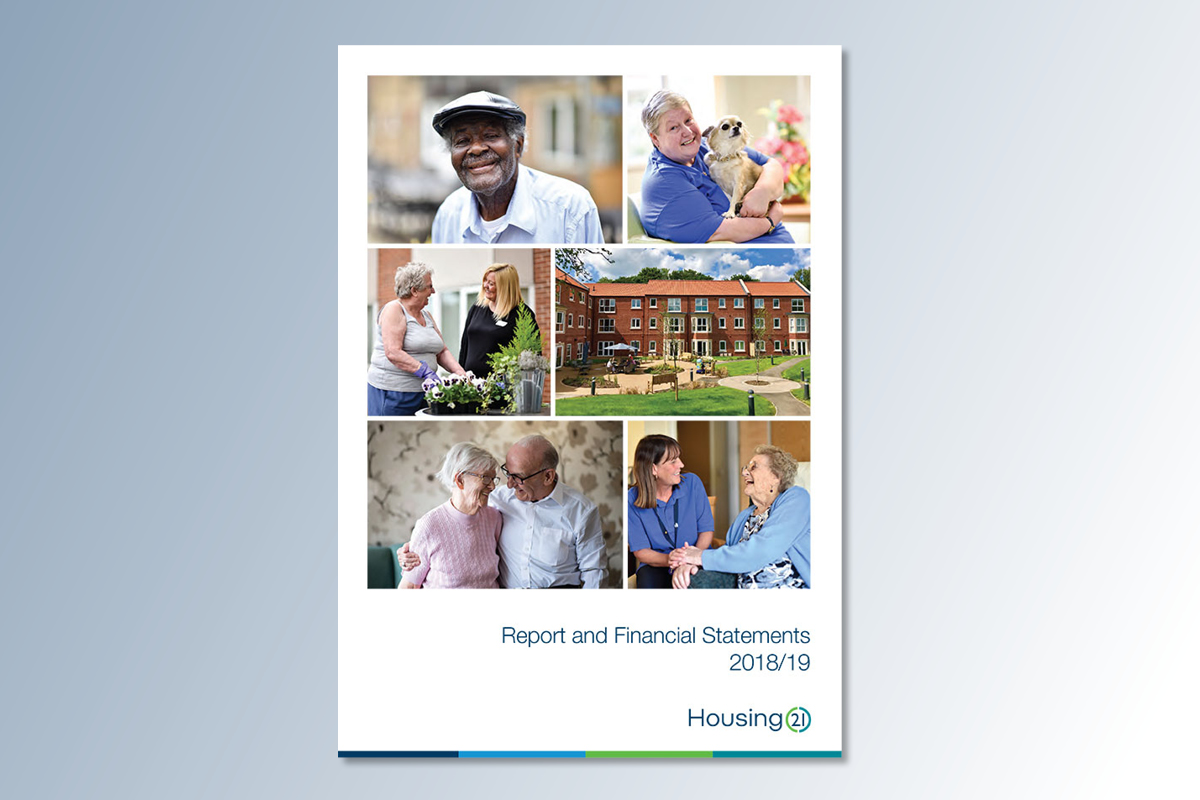You are viewing 1 of your 1 free articles
The housing association financial statements round-up
As housing associations release their accounts for the year, Luke Barratt looks at the results of nine landlords operating across the country
It is that time of year again – associations across the country have been busy publishing their accounts to show their financial performance in the past financial year.
And the last year has arguably been more challenging for the social housing sector than most.
With extra pressures on delivering more homes, escalating post-Grenfell fire safety costs and the ever-moving spectre of the UK’s exit from the European Union impacting on the housing market and political landscape, associations have had to contend with a number of issues.
Inside Housing has analysed all of the major final accounts to be published so far and has assessed the performances of the UK’s largest housing associations over the past 12 months.
L&Q
Surplus: £202m (2018: £350m)
Homes managed: 95,000
Homes started: 6,428
Operating margin : 33% (2018: 39%)
Turnover: £937m (2018: £1.02bn)
Percentage from social housing lettings: 56%
London’s largest housing association described last year as “challenging”, an apt description for a year that saw its surplus fall 42% and its operating margin drop from 39% to 33%. It attributed these changes on the difficult market for private sale in London and the fact it has had to spend a great deal on fire safety in the aftermath of the Grenfell Tower fire. L&Q has previously stated that it would be setting aside more than £50m for fire safety over the next three years.
Clarion
Surplus: £154m (2018: £158m)
Homes managed: 125,000
Homes started: 2,663
Operating margin: 35% (2018: 37%)
Turnover: £816m (2018: £829m)
Percentage from social housing lettings: 82%
The UK’s largest housing association saw its surplus fall thanks to its investment in fire safety. This was the third year running this happened, although it fell only slightly: from £158m to £154m. The surplus would have increased without its £23m investment in fire safety during 2018/19. Clarion did miss its housebuilding target again, building 1,243 of an intended 1,600 homes. It has now scaled back its development ambitions, planning to build 5,000 homes a year by 2027, rather than by 2022 as originally planned.
A2Dominion
Surplus: £23.9m (2018: £92.5m)
Homes managed: 38,000
Homes started: 1,837
Operating margin: 17% (2018: 33%)
Turnover: £372.2m (2018: £300.7m)
Percentage from social housing lettings: 56%
Another one of London’s large housing associations saw its surplus fall last year, this time by a massive 74%. However, deputy chief executive Anne Waterhouse says the fall was mainly the result of an unusually large surplus from joint ventures in the previous year. Nevertheless, the association’s operating margin fell from 33% to 17%, with the accounts blaming worse margins on private sales and increased investment in repairs.
Notting Hill Genesis
Surplus: £107.2m (2018: £136.7m)
Homes managed: 66,000
Homes started: 1,018
Operating margin: 25.6% (2018: 22%)
Turnover: £670.6m (2018: £695.6m)
Percentage from social housing lettings: 70%
Newly merged Notting Hill Genesis has been hit by the failures in the London property market, missing targets on housebuilding and operating margins as well as seeing its turnover and surplus fall. The association has scaled back its development considerably to deal with this, telling Inside Housing it is not adding any new projects to its pipeline at the moment.
Optivo
Surplus: £87.6m (2018: -£50.7m - loss* see below)
Homes managed: 43,000
Homes started: 1,003
Operating margin: 29% (2018: 31%)
Turnover: £314m (2018: £317m)
Percentage from social housing lettings: 71%
Optivo was back to surplus in the past financial year, having posted a technical loss in the previous one. *That was due to an accounting requirement after the large London association refinanced £440m of loans. Optivo has shifted its focus even more heavily towards affordable housing rather than market sale in the face of a waning London property market, with Sarah Smith, its chief financial officer, telling Inside Housing that affordable housing could amount to 90% of new homes over the next three years.
Moat
Surplus: £36.3m (2018: £64.5m)
Homes managed: 20,000
Homes started: 881
Operating margin: 40% (2018: 43%)
Turnover: £130m (2018: £124m)
Percentage from social housing lettings: 77%
The South East of England is often talked about in the same breath as the capital when it comes to difficulties in selling homes outright. Moat, which operates in the South East, said in its results that it had focused more on rented housing, with over 60% of the new homes it approved during the period being for rent. Its surplus fell considerably, from £64.5m to £36.3m, mainly due to a reduction in the amount it made from selling its existing homes. This came shortly after Moat was downgraded by the Regulator of Social Housing for selling to a for-profit provider of social housing. A Moat spokesperson told Inside Housing that it sold 300 homes in 2017/18, all to non-profit providers and the sale to a for-profit provider in 2018/19 reflected the end of the strategic stock disposal programme.
Vivid
Surplus: £73m (2018: £66.6m)
Homes managed: 31,000
Homes started: 1,044
Operating margin: 41% (2018: 38%)
Turnover: £250.2m (2018: £228.5m)
Percentage from social housing lettings: 77%
Vivid, an organisation that operates in the South East and South of England, made the vast majority of its turnover from social housing lettings and saw its surplus increase, providing evidence that this could be the safer approach in the current climate. The other news from Vivid’s accounts was that it has closed its most generous pension scheme in response to the increased deficit on the multi-employer Social Housing Pension Scheme, a move others are expected to emulate.
Karbon Homes
Surplus: £6m (2018: £22.6m)
Homes managed: 30,000
Homes started: 500
Operating margin: 25% (2018: 25%)
Turnover: £129.4m (2018: £126m)
Percentage from social housing lettings: 90%
Although Karbon Homes, one of the largest housing associations in the North East of England and Yorkshire, boosted its turnover slightly last year, it saw its surplus fall from £22.6m to £6m. This was a result of two factors. First, the amount it had to pay on interest and loan breakage costs rose from £12.5m to £18m. Second, some of the investment properties it owned fell in value, with the total valuation falling from £50.3m to £45m.
Housing 21
Surplus: £19.5m (2018: £20.5m)
Homes managed: 21,000
Homes started: 539
Operating margin: 19% (2018: 21%)
Turnover: £186.4m (2018: £178.8m)
Percentage from social housing lettings: 79%
The newly renamed supported housing association saw most of the numbers on its balance sheet stay fairly level last year. As would be expected for the largest provider of extra care housing, its operating margin was relatively low compared with more traditional housing associations. It has scaled back its delivery of new homes in recent years but still built 202 in the year and started work on 539.
Housing association financial statements 2018/19
A2Dominion’s surplus falls by 74%
Aster's surplus rises as it eyes land acquisitions
BPHA surplus falls after bumper year of spending
Catalyst's surplus plunges 45% as sales market slows
Clarion’s surplus falls for third year running
Hyde reveals £17m spend on fixing post-Grenfell defects
Metropolitan Thames Valley shared ownership surplus tumbles
Network Homes boost surplus by 62%
Notting Hill Genesis customer satisfaction rate only 65%
Paradigm’s surplus falls slightly thanks to development difficulties
Peabody's self-imposed rent cut hits margin
Optivo returns to surplus after refinancing
Orbit surplus falls 52% as sales income slips
L&Q sees surplus drop by 42% in ‘challenging’ year
Southern reports 14% slide in surplus as fire safety checks increase
Sovereign's private sales income up 24%
Stonewater sees surplus fall by 43%
Swan surplus dives as cost to fix ACM cladding remains uncertain
WM Housing swings back into the black ahead of rebrand

